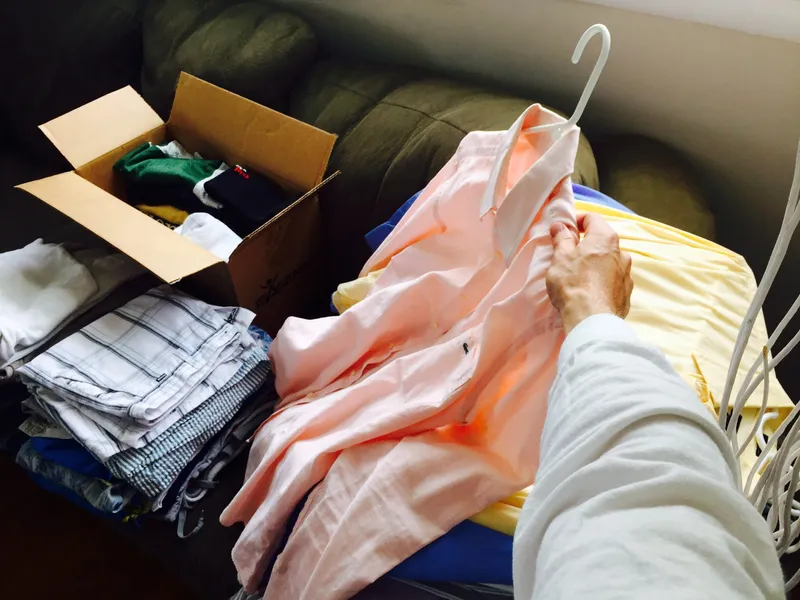The future of fashion – fast to slow fashion
18/02/2020

Fast fashion
The same way that fast food is bad for us and bad for the environment, “fast fashion” is also bad. The fashion industry is a huge drain on the environment. According to the UN, the garment industry accounts for 10% of global carbon emissions and 20% of global wastewater. Additionally, textile dyeing is the second largest source of water pollution worldwide. Another source of water pollution is microfibres, which are released into the ocean when clothes are washed. If the clothes are synthetic, it means these fibres are made of plastic and contribute to the ongoing plastic pollution crisis in our oceans.
If that weren’t enough, the drive of fashion to insist that new things are better and to promote excessive consumption means that clothing is produced cheaply of poor materials that aren’t meant to last in order to facilitate higher rates of turnover. As fashion trends change and the clothing physically falls apart, we buy more and many of our previously loved clothing items end up in landfills or are burned. And the more we buy, the more goes to waste.
Sustainable fashion
Luckily for us and our planet, the fashion industry is evolving. Some of this change has been driven by consumers. By voting with their wallets, consumers have shown industry that we are willing to pay more for quality products that last.
Other changes are being driven by members of the fashion industry. Major fashion magazines have been turning more and more towards sustainable fashion. Manufacturers, like New Zealand’s Icebreaker, are prioritising sustainability and environmentalism over speed and profit. This includes using natural, organic fibres and chemical-free dying processes.
In New Zealand, many institutes of higher education are shifting their teaching from fast fashion to “slow fashion”, or sustainable fashion. For example, Whitecliffe College, a highly ranked academic institute in New Zealand with a long standing history of fostering excellence in the arts, is dedicated to improving the sustainability of fashion in New Zealand. Case in point, their Bachelor of Fine Arts in Fashion Design and Sustainability is the only Bachelor of Fashion option – students at this institute can’t have one without the other.
There has also been a trend in recycling and reusing textiles in the garment industry. Instead of sourcing new materials, many designers are choosing “deadstock fabrics” (leftover textiles from other designers and industries) and upcycling second-hand materials. Making new garments from old materials puts to use what would have been waste and transforms it into a usable product.
Slow fashion
As more young people are educated in sustainable fashion and as more consumers insist on sustainability and social responsibility from clothing manufacturers, the fashion industry is changing. Slow fashion has emerged as we have stopped to think about the sustainability of our consumer behaviour.
These trends in sustainable fashion are encouraging. However, remember that the production of new goods, regardless of how clean and green they are, will always produce some amount of waste. For this reason, it is important to always remember one key “R” of sustainability and how it relates to consumerism. As much as we reuse, repurpose and recycle, we must also reduce our consumption of goods, especially clothing. Buying less clothing necessarily reduces the environmental impacts of the fashion industry.







